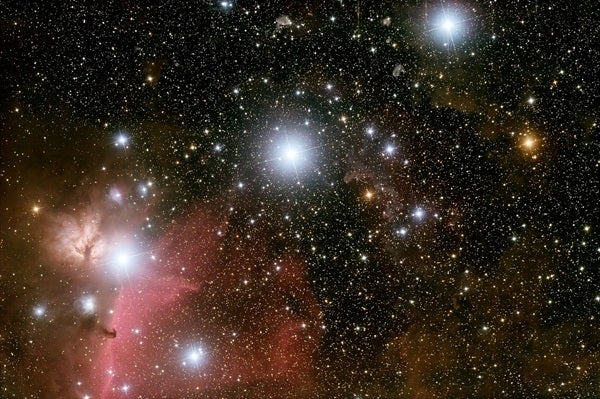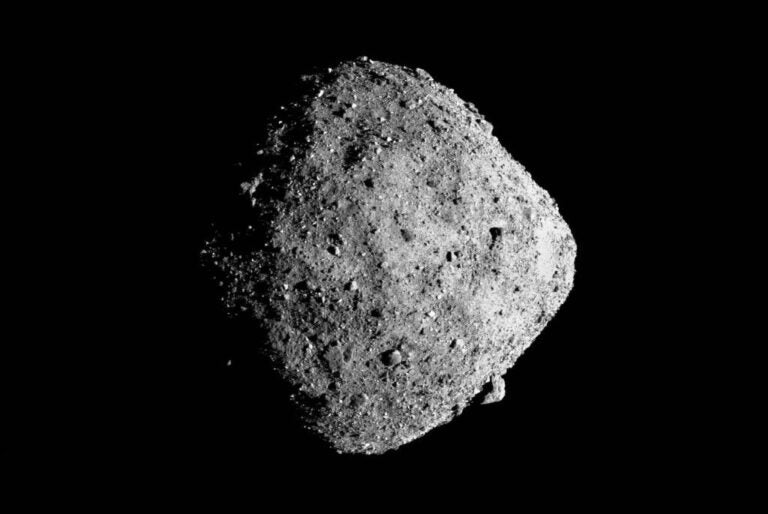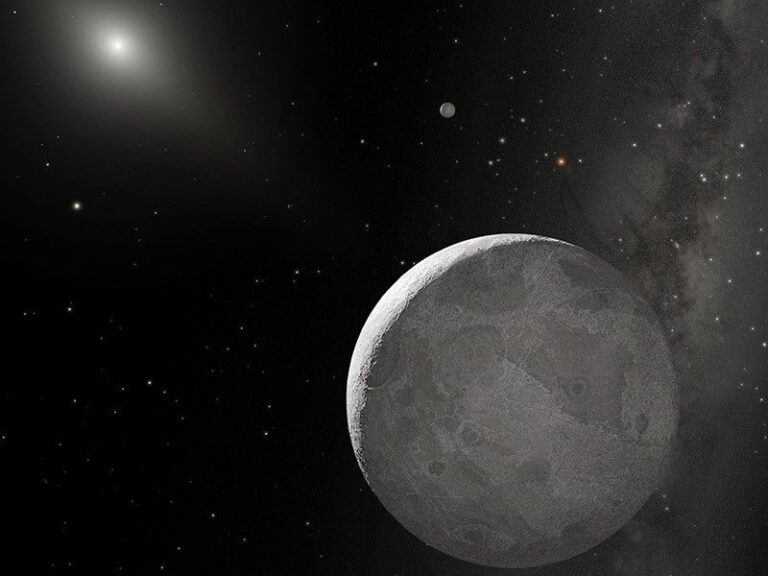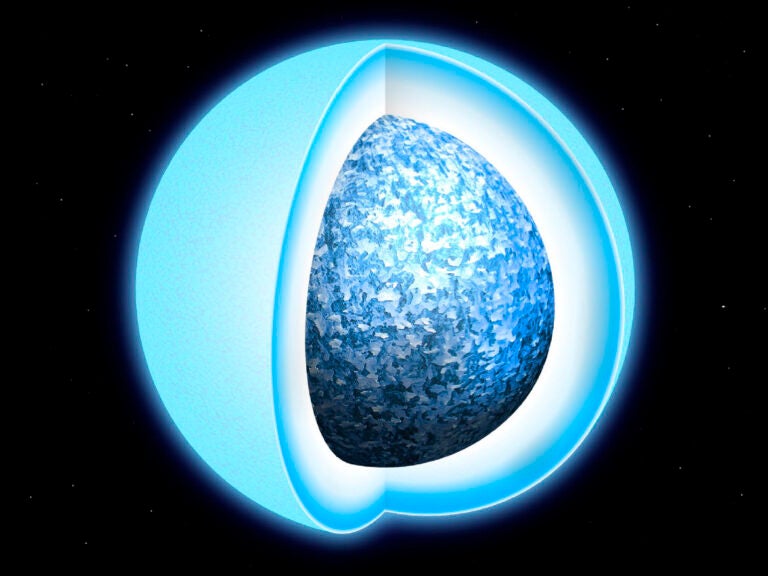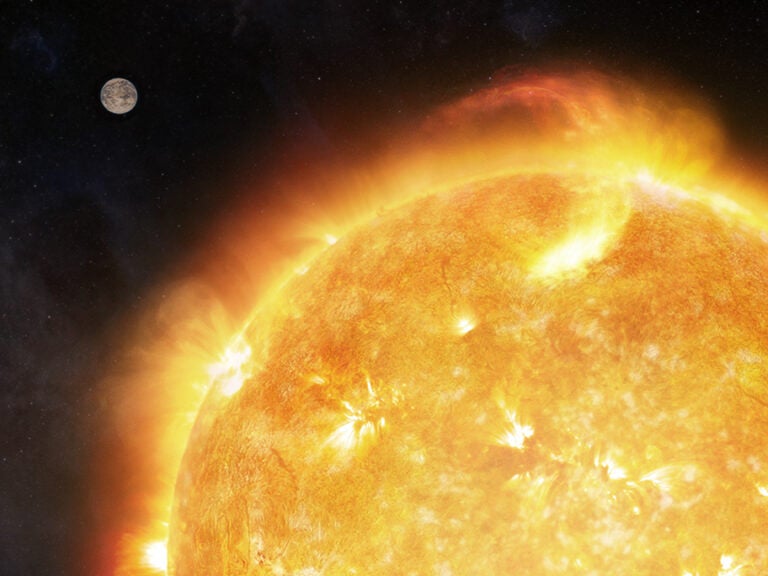The elusive, gigantic blue O-type stars form fast (10 to 100,000 years fast), die young, and do both those things well. But when it comes time to study the stars, that becomes a big problem for astronomers because their massive size makes them blow up with a bang quickly, and there aren’t a lot of them to study in the galaxy. Some astronomers think these bad girls might get their start in ways quite similar to our more sedate Sun.
The team used the Submillimeter Array in Hawaii and the Karl G. Jansky Very Large Array in New Mexico to look at G11.92–0.61 MM1, a proto O-type star around 11,000 light years away at least 30 times the mass of the Sun. The gases surrounding the giant appeared to form a Keplerian disc, or rotate faster and closer to the star. The team also built a theoretical model that showed the star might be fragmenting, or breaking up into spiral arms to form smaller orbiting structures like brown dwarves or large planets.
“O-Type stars are difficult to study,” said John Ilee, astronomer at the University of Cambridge in the United Kingdom. “We’re really excited because this is one of the handful examples of a forming massive star caught at the right stage. The fact that we’ve identified this Keplerian disc shows that these more massive stars form like lower mass stars.”
O-types are important. They may be rare (there’s only tens of thousands of them or so in the galaxy) but their supernovae could help provide us with heavy elements.
G11.92–0.61 MM1 is embedded, or still inside the dust cloud it formed in. That means it’s optically invisible, so you can’t spot it with your own telescope, and it instead requires arrays of large sub-millimeter wavelength light-detecting telescopes to observe. The team published their results in a pair of papers in the Monthly Notices of the Royal Astronomical Society.
Next, the group will look at G11.92–0.61 MM1 with the Atacama Large Millimeter Array (ALMA) in Chile, a telescope array that offers a resolution ten times higher than their current observations. This will hopefully allow the team to confirm their interpretation of their observations.
“The modeling we did supports the picture in which the disc can be fragmenting, but we haven’t directly observed the fragmentation which is why we’re excited about the new observations this year,” said Ilee. “Regardless of the outcome, we’re looking forward to getting the data and seeing what [G11.92–0.61 MM1] looks like.”
If you’d like to observe mature O-type stars, just peek at Orion’s belt; Alnitak and Mintaka (Zeta Orionis and Delta Orionis) are both star systems containing O-types.

